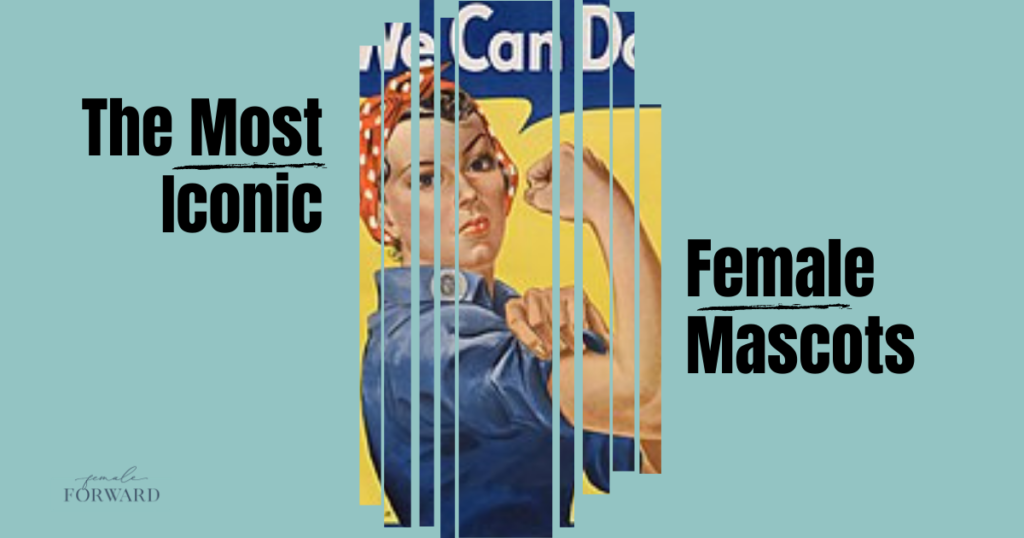
The Most Iconic Female Mascots
Brands have utilized mascots as part of their branding strategy and identity as long as CPG brands have existed. However, throughout history, there have been quite a few female mascots that remain the face of the brand to this day.
What is it about female mascots that makes them memorable and etched into our minds forever? The prominence of women in marketing and advertising can be attributed to various factors. For example, I recently shared in a blog article a study that found feminine branding or brands with a linguistically female name are more appealing to both women and men! Not just appealing, but more trustworthy too.
There is certainly more than what meets the eye. From subtle psychological cues to the obvious statistics and vast number of the female demographic who connect and can, at times, identify with these brands.
Let’s review some of the most iconic female mascots. Especially examples of the more progressive campaigns in history and dissect why they were so memorable and successful.
Rosie the Riveter
While this wasn’t necessarily a brand, but rather a government campaign, who doesn’t know Rosie the Riveter? She has become a cultural icon for women’s rights movements. This was a history-making moment and movement that helped drive American women into the workforce during WWII.
The U.S. aircraft industry gained 310,000 women in 1943, which was 65% of the industry’s workforce in comparison to 1% before the war.
Did you know this charismatic and empowering image was partly based on a real-life munitions worker? There are many speculations with the most credible being Naomi Parker Fraley. Based on a photograph of her wearing a polka-dotted bandana while working in a machine shop at the Naval Air Station in Alameda, California in 1942.
Before being picked up and repurposed by the U.S. Government, Norman Rockwell, musicians, Hollywood, and practically every publication in print, Rosie was originally penned by a Pittsburgh artist named J. Howard Miller in 1942 on an ad for Westinghouse Electric Corporation with the headline “We Can Do It!”
M&M’s
A classic candy you’ve surely enjoyed since childhood. M&M’s began in 1941 but introduced their famous yellow and red mascots in 1954. In 2008 the brand became more inclusive with the green female mascot. Then again, another step forward with the brown candy during the 2012 Super Bowl campaign.
Most recently, the brand continued with progressive makeovers and has ditched any sexist notions and gender stereotypes. Giving the green mascot sneakers in lieu of knee high boots and brown the professional look with glasses and heels instead of stilettos.
Barbie
How does a doll maintain relevance for over 60 years? Mattel and Barbie designers have carefully kept a progressive doll on shelves by always giving girls options. What started as a blonde blue-eyed white doll has evolved through the years to be inclusive of different skin, hair, body shapes, and disabilities.
She’s had a few controversies. But they’ve been carefully handled with grace and progress through the years and nobody can deny the iconic status of Barbie in America and worldwide.
And how about Flo from Progressive? She makes cameos and even has her own Twitter account!
How about you? What female mascots or brands have stuck with you since childhood and are instantly recognizable still today on store shelves? I believe the more progressive and inclusive brands are with their willingness to change is a testament to their staying power and overall market share.
What do you think it is about these female mascots that people continue to love and respond to when making purchase decisions?
